I started a “Letter” section for informal updates about things and thoughts going on that I want to share with you, such as interesting reads, interviews, travel. Up first is a farm that my husband and I visited earlier this month in Belize.
This was the first just-the-two-of-us vacation we have taken in 20 years!
Maya Heights is a sustainable farm in the mountains that overlooks the Caribbean Sea and fishing village of Hopkins. The farm has its own water, energy, and food supply. The owners built ten cabins available for rent at very reasonable prices. Our cabin was perched 500 feet above sea level with stunning views of the coastline. We took a tour of the farm because a) we were intrigued and 2) I was working on a paper for Theology and Science journal about Creation and stewardship. I wanted to know just how a “sustainable farm” operates.
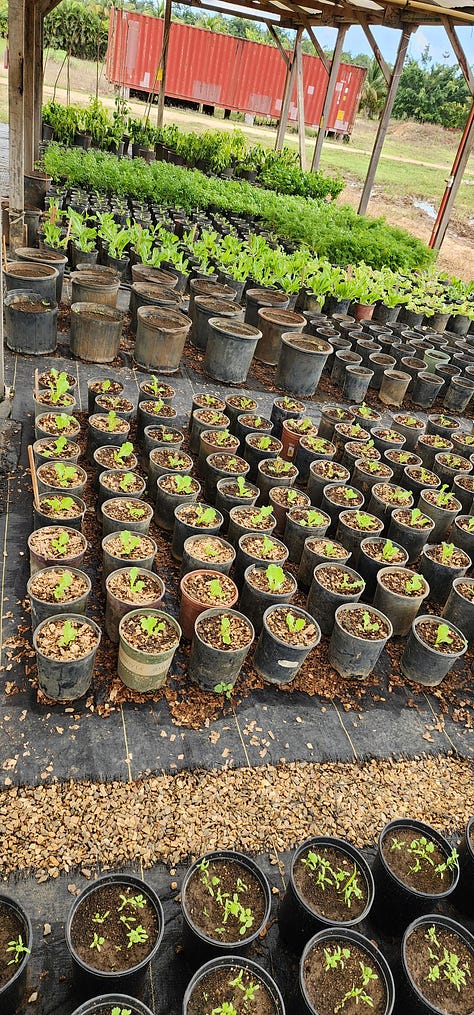
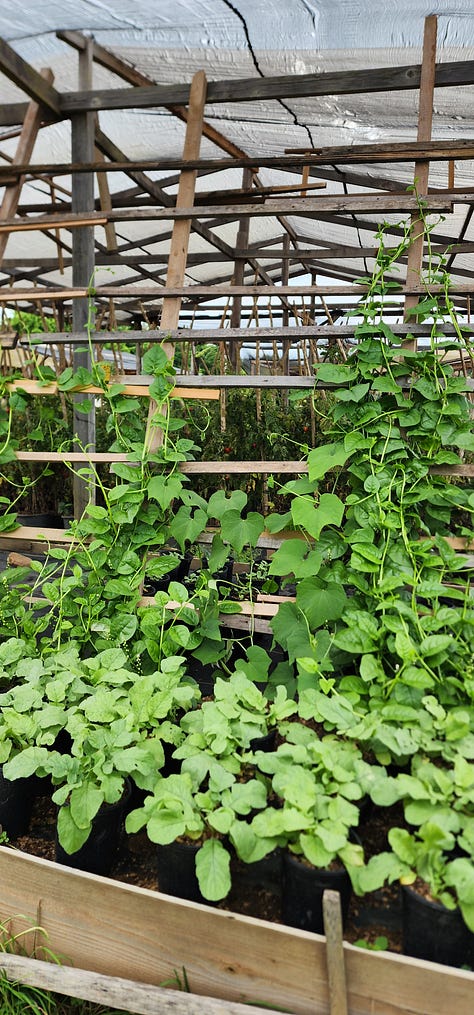
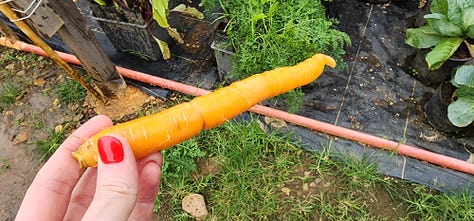

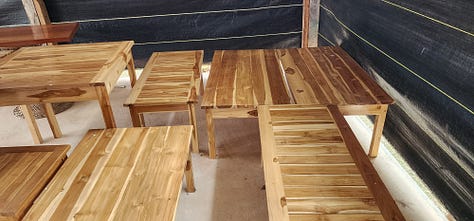
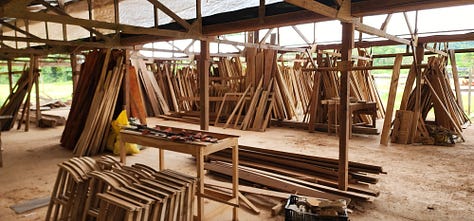
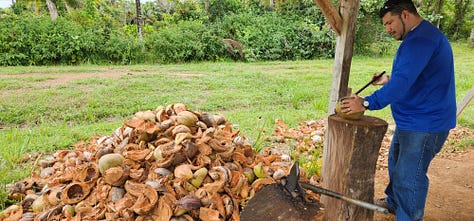
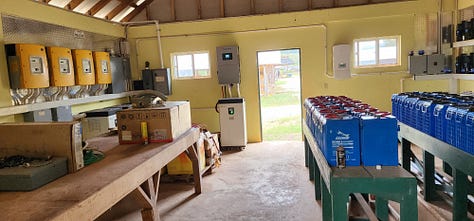
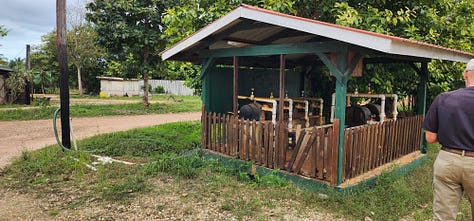
Maya Heights is an agricultural operation spanning 1,000 acres of lowland crops and highland forests full of wildlife and natural flora. The farm grows coconut, mango, papaya, pineapples, and ornamental palms. Scattered among the lush vegetation are fields with sheep, cattle, and horses.
The main operation on the farm is forestry, with over 150 acres of Teak trees and some Mahogony growing in rows scattered in small fields around the mountain. Flowers and greenery are everywhere, the ocean breeze is a constant comfortable temperature, and exotic birds chirp and flit through their own secret network above the land. The cabins and restaurant at the top of the mountain are built from the wood grown on the farm.
Looking out at it all, I had the thought that human hands have cultivated the landscape, but in a harmonious way with the beauty of nature. The “sustainable” approach seems pervasive.
A “Mother” Teak tree stands at the front of the farm to provide seeds to maintain the supply of tree crops. The crops rotate so that the trees can mature before harvesting. Two on-site mills process the trees into high-quality lumber. As you walk through the open-air sheds, you can see the tall planks propped vertically so that they can dry. These are mostly exported, but the wood is also used as needed for the farm. In a section under the shed, there are saws and wood-working equipment with various projects underway. When we toured, we saw an entire set of new director’s chairs being built for the restaurant. Not only are the cabins and restaurant made from the lumber but also the furniture.
Unused scraps of wood are piled behind another shed. These provide heat for ovens that feed into small storage rooms. This is where some of the fruit harvest is dried for storage. This dried fruit supplies the farm and local markets.
The coconut processing shed is four posts with a roof. It seems simple, but on closer inspection, there are numerous tools for husking and opening the coconuts. One device is just a spike stuck in the ground. The coconut milk and oil are processed in the shed with ovens and then used in the restaurant. There was no cow’s milk that we saw, only coconut. The husks become compost for the farm.
Like Teak wood, ornamental palms are growing all over the farm as decoration, and they too will be sold to both local markets and exported to other countries.
Beyond the sheds, vegetable gardens supply food and seasoning for the restaurant and corn for livestock.
Every process is considered in terms of what is produced and how those products, even waste, are put to use in another process. The last process is to return the natural goods to nature. The farm operates in one big cycle within nature’s cycles.
Maya Heights is powered by its own natural energy sources, a combination of solar and hydro energy. I was particularly interested to see how this works. There are several solar panel collections in various spots, so that was nothing unusual.
What really struck me was the hydroelectric system. Two lakes were dug in the mountain, one at the top that was small and one about halfway down the mountain that was much larger. Water from the big lake is pumped up to the small lake so that the small lake stores potential energy.
Both lakes are piped to turbines at the bottom of the mountain. Switches allow either the high or low lake to be used. The turbines are in a shed, but they are small and do not look like water mills of old. The blades span a couple of feet in diameter and are covered. As the water piped from the lakes rotates the turbines, the motion becomes a source of mechanical energy that causes the coils of wire in generators to rotate in a magnetic field, thereby inducing an electric current.
From there, the water drains down small creeks to tilapia ponds, which also provide food for the restaurant, and the water hydrates some of the fields.
The electricity generated from both solar and hydro sources is sent to the power shed. In the power shed, there are various arrangements of batteries for storage. Some batteries are the older lead-acid ones; they are heavy, contain sulfuric acid, and wear out. Newer lithium-phosphate batteries are mounted on the walls. They take up less space, have no risk of explosion, and last longer. The newer batteries are built with digital technology that communicates to the manager’s mobile phone a complete breakdown of energy storage at every moment. This is important since rainfall and sunshine fluctuate, but since the high lake stores water, the energy is successfully adjusted on a daily basis to power the entire farm, restaurant, cabins, and everything else.
For safety, there is also a backup generator that looks like an old Ford motor hooked to a propane tank and on standby should it be needed.
While such a set of systems was designed for the specific location of Maya Heights with its elevation and weather, the complex is also a laboratory of sorts. The employees who run the farm test new ways of managing energy, growing food, and using waste. As new technologies, such as better batteries, are explored, the farm staff gain a better understanding of how to harmonize their needs with the cycles in nature. It was unlike anything I’ve seen before.
Obviously, not everything is supplied by the farm. Things like linens, lightbulbs, gasoline, and internet access come from outside, but there is a working system within which improvements are tried and either accepted or rejected toward a more sustainable ecosystem.
My husband and I found it fascinating to see how the function of the farm makes human intervention in nature easier to appreciate. Life in bigger cities or even small towns obscures the way everything fits together and how our choices affect the larger systems in which we live.
For example, if I eat dinner at a restaurant, all I see is the dining room, the landscaping, the bathroom, and the food. There is no way for me to trace where the food comes from or whether it was sourced in a way that promotes sustainability in the community or in the rest of the world. Were the fine vegetables chosen at the expense of large amounts of waste of less-than-appealing ones? How much food does the restaurant itself waste? What is the energy cost for eating out versus staying home? Everything humans do is plugged into what other humans do—and to the rest of the universe.
We have no way to measure our own impact on others and on the environment, except to feel guilty if something, somewhere is wasted because of our choice.
I didn’t feel guilty for hot showers because I knew the energy to heat the water was coming from either the sun or rainfall and producing no waste!
While the sustainable farm may not be a workable setup for an urban city in a flatter part of the world, it is nevertheless the equivalent of a pilot plant in industrial-scale production. The farm allows effect and consequence to be studied so that appropriate processes can be scaled up in the real production plant of towns and cities—small harmonies that can contribute to the overall harmony between humans and nature.
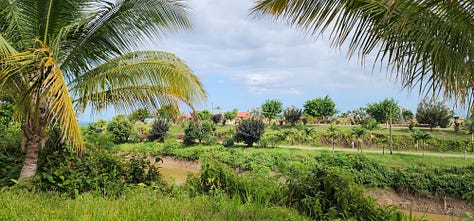
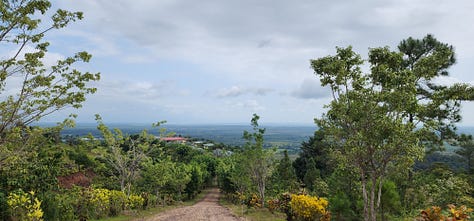
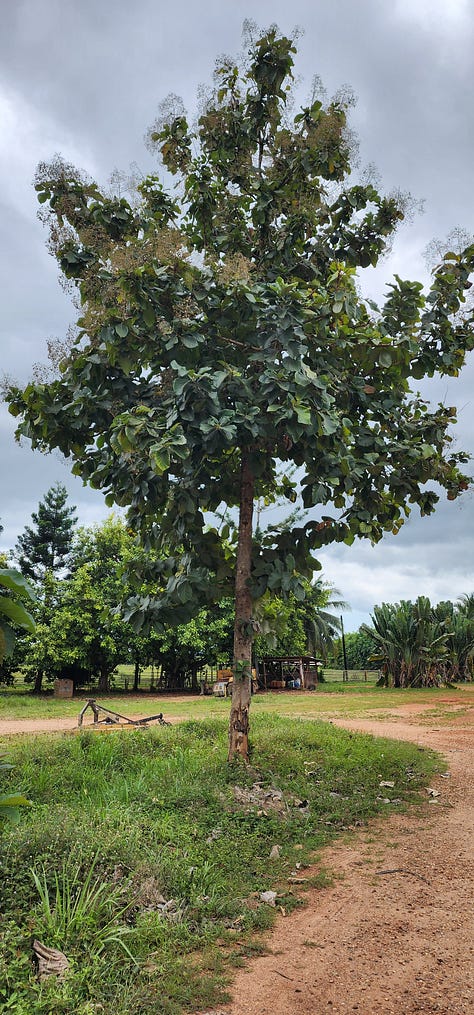
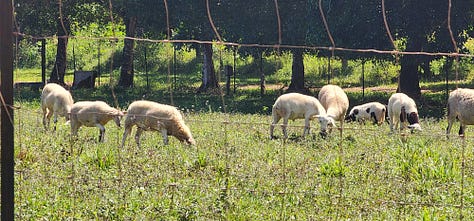
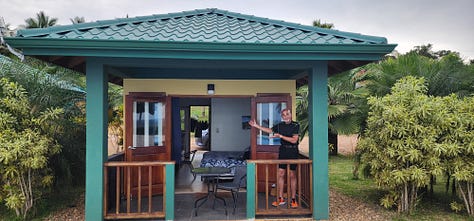
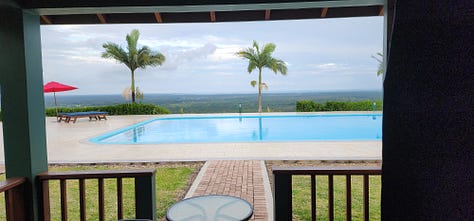
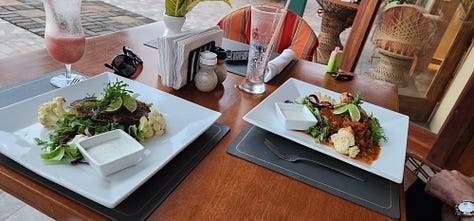
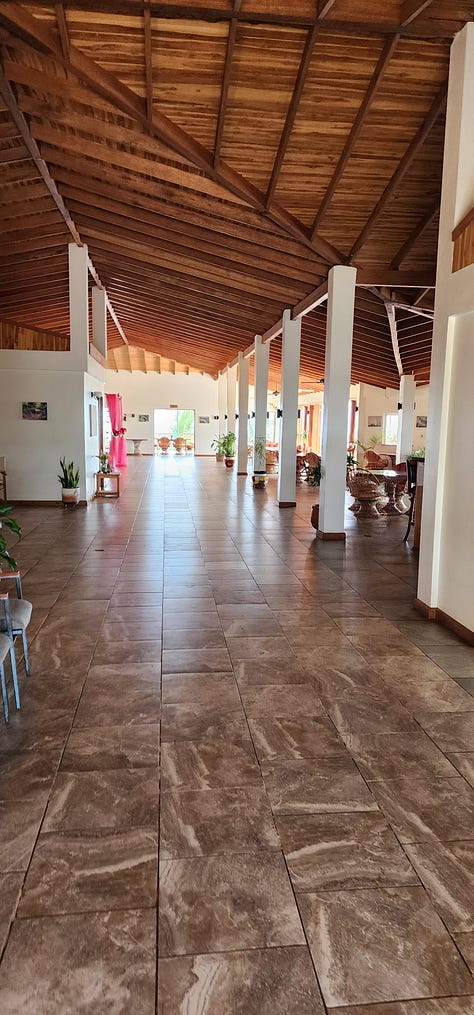
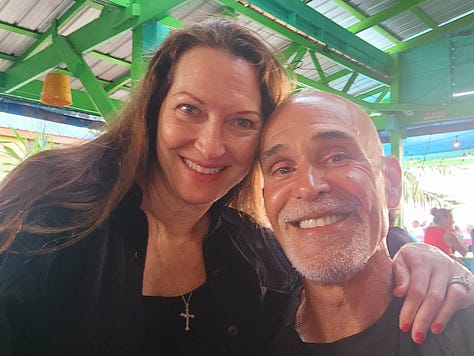
I’ve got some other things to share later, but I really couldn’t wait to show you the farm in Belize. We didn’t want to leave it—except we were missing our kids a lot after 10 days and were eager to get back home.
However, we are going back in a few months and taking our youngest two teenagers with us. Belize is only a three-hour flight from Texas. I’m sure our adventurous kids will talk us into some snorkeling or forest ziplining. We have even considered moving there part-time…maybe someday.
Thus, ends Letter #1. Got any cool places in the world to tell me about? I'd love to hear. Now that the kids are older, I think Mr. T and I will be exploring the world more often.
God bless you,





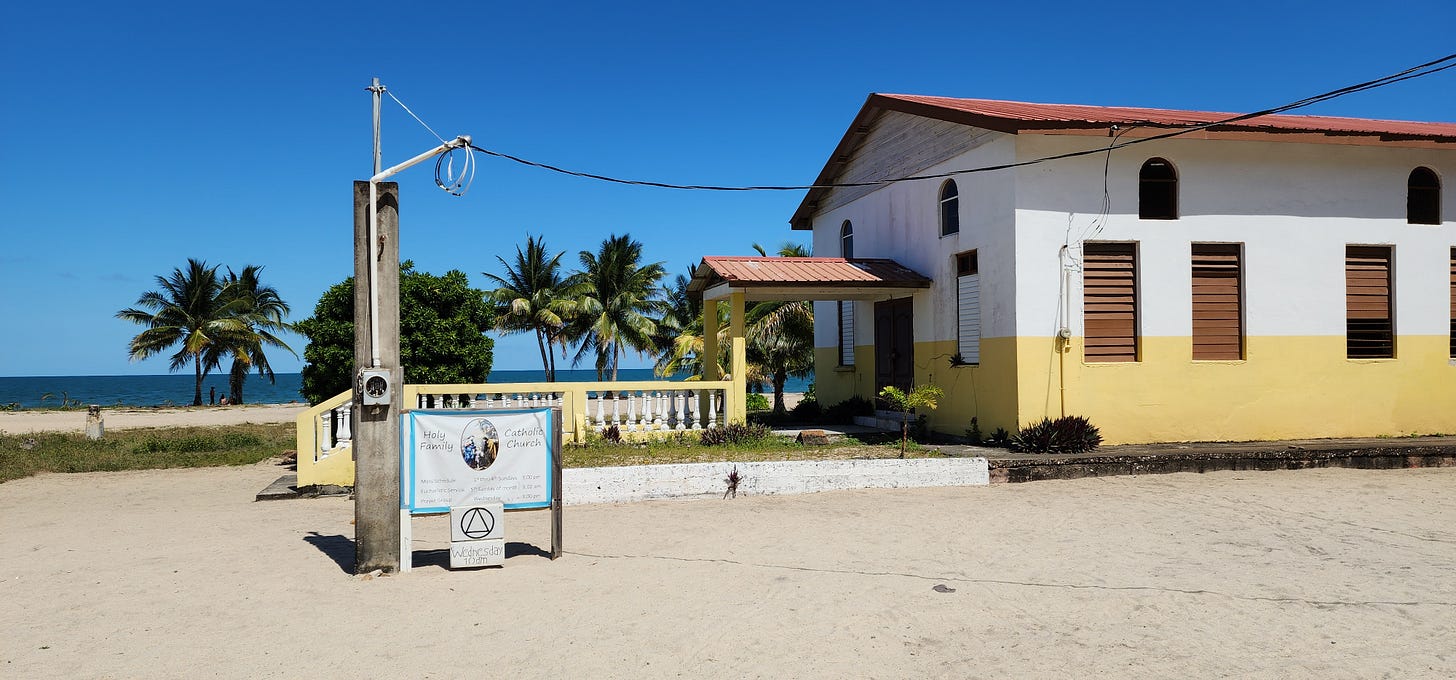

OMGosh what a sublime experience; beautiful, detailed and insightful narration, thanks Stacy!
Wow Stacy, I wonder how far this community is from the SOLT Mission at Benque Viejo del Carmen. I had hoped my family would have been missioned there a dozen years ago. That is some great job of reporting. Thank you!